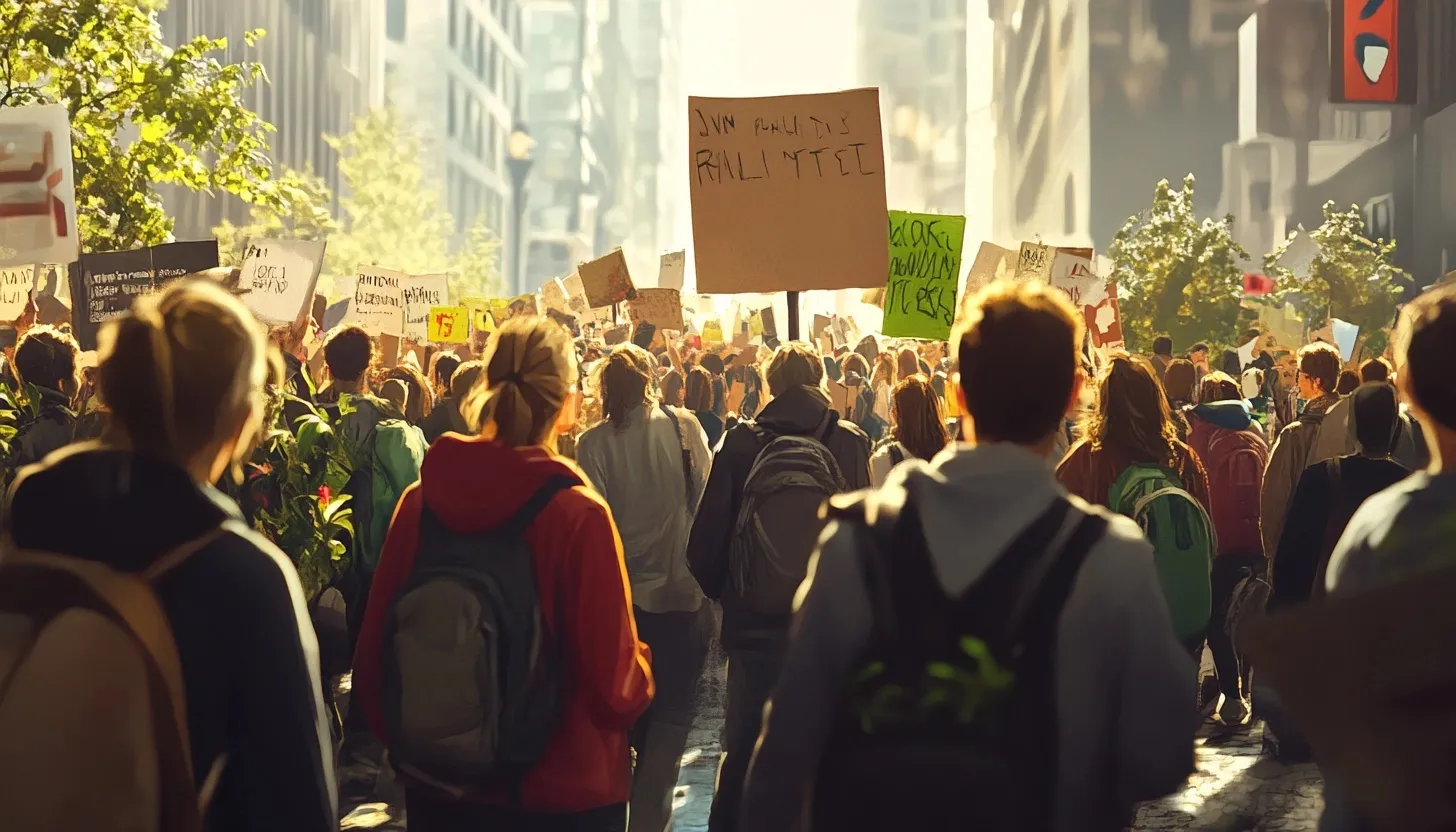Books
When we think about development, can the concept of 'equity' be reconceptualised to connect with the context of the Global South without recovering / making visible, plural definitions of 'prosperity' or 'wellbeing'?

Books
I've just finished reading Designs for the Pluriverse by Arturo Escobar . . It's an incredible book and I think 100% worth reading if you haven't already. You can find content map I did of some of the major themes in the book over here.
Escobar grew up in Columbia and has really focused on territorial struggles against extractivism, post-developmentalist and post-capitalist transitions and ontological design. He writes from the context of having seen the way the Global North attempts to impose its ideas about development, social / humanitarian projects and what is really a kind of "missional thinking" onto the Global South, with little regard for the context of place, the plurality of knowledge types and experiences of being. He really sees the Western idea of "Development" as an ideological export and another form of cultural imperialism.
The Development Dictionary (first published in 1992) gestures to theories of postdevelopment and it's most recent republication in 2010 states that "The last forty years can be called the age of development. This epoch is coming to an end. The time is ripe to write its obituary" and when I looked to see if there was a 'Postdevelopment Dictionary.' - there is, co-edited by Arturo Escobar. (A shorter paper on postdevelopment theory can be found here) - essentially critiquing the idea of 'sustainable development' as an oxymoron, an outcome of the post-war era of fossil-fuel-based triumphalism, undergirded by colonial perceptions and the legacy of Western rationalism. Both of the dictionary docos are massive documents and I've only ChatGPT'd them at this stage, but having also just recently finished Roman Krznaric's History for Tomorrow (also a great book), I'm thinking about . . .How Krznaric's perspectives and framing of social change, relate to post-development theory
Postdevelopment theory
Postdevelopment theory originated in the 1990s in response to criticisms of western theories of development - it frames theories of social change as multi-dimensional, embracing structural reform, personal transformation, and relational activism to foster a “pluriverse” of coexisting, equitable futures. In short, it advocates for post-development alternative theories of change encompassing "buen vivir," "ubuntu," "ecological swaraj," and "degrowth," as representative ways of living that challenge traditional development models. These concepts advocate for community-oriented, environmentally integrated, and equitable approaches that respect cultural diversity and ecological limits. Likewise a paper by Eduardo Gudynas 'Buen Vivir: Today’s tomorrow' frames social change through 'Buen Vivir' a Latin American worldview and social model that critiques Western concepts of development. His paper critiques Western development models as neo-colonial impositions and suggests that authentic development should emerge from local, indigenous knowledge systems rather than imposing universal standards of progress. It's firmly in the decolonial theory space, seeking to dismantle colonial frameworks in knowledge, governance and social organisation.
So what I've been noodling on is:
In what ways does Krznaric's perspective on social change theories and development (and the western world) perpetuate these same dualisms, priorities and ontologies that function to reinforce this one-world worldview? (despite referencing ideas like 'buen vivir' in his book)
When we think about development, can the concept of 'equity' be reconceptualised to connect with the context of the Global South without recovering / making visible, plural definitions of 'prosperity' or 'wellbeing'?
Does the collection of social theories framed by Krznaric point to our continuing desire / belief that we can rationally understand and diagnose social change - and how does this fit with ideas about social change as truly emergent? And emergent from where and from who and under what conditions?
Thinking about power and the way visibility / invisibility / mechanisms / flows of power (through political / economic / social structures) play out in the dynamics of change; makes me wonder about the role of visibility / invisibility of ontologies and epistemologies in the context of social change outside of the Global North? how might these provide an interesting or useful framework when thinking about development and theories of social change?
If you haven't read Escobar's Designs for the Pluriverse - it's worth a look.
Books
11/13/24
When we think about development, can the concept of 'equity' be reconceptualised to connect with the context of the Global South without recovering / making visible, plural definitions of 'prosperity' or 'wellbeing'?
Books
10/27/24
History for Tomorrow by Roman Krznaric
Think
10/15/24
Is AI is a technology of extraction?
Books
9/30/24
History for Tomorrow by Roman Krznaric
Think
9/21/24
Thinking about Foucault in the context of women worldwide and reproductive justice
Books
9/21/24
History for Tomorrow by Roman Krznaric
Books
9/19/24
If we disallow radical flank activism does the right to protest mean anything at all?
Books
9/9/24
History for Tomorrow by Roman Krznaric
Books
9/9/24
History for Tomorrow by Roman Krznaric
Research
8/20/24
UX (User eXperience) is in some ways, a philosophical enquiry, inviting us to question - What is this really about? What is the role of design in this moment?
Think
5/30/24
Embracing Multiple Temporalities
Think
5/29/24
Navigating the space between
Education
4/18/24
What if . . instead of the failures of students, we focused on the failure of systems?. . and used that understanding to collectively reimagine education?
Research
3/5/24
Developing strong and rigorous chains of custody
Research
10/24/23
A case for urgent optimism.
Education
10/17/23
Will school education will eventually reform as an emergent system with technology embedded as a key shaping force?
Education
9/24/23
What if . . we framed education as an example of chaos theory?
Design
9/10/23
Is AI Stripping Creativity from Architecture? The Dangers of Algorithm-Driven Design
Research
6/5/23
Inputting research and information as networked knowledge nodes with supertags surfaces connections and patterns you might not otherwise pick up.
Story
3/6/23
A Science Fiction Prototyping approach to imagining our future oceans.
Education
5/1/20
As a school student, how might you think about Earlywork as an opportunity to showcase who you are and what you’re capable of?
Research
5/2/19
Contemplating the right question is often more important than crafting the right answer.
Politics
4/3/02
Feelings follow action.
Research
3/5/24
How will declining birthrates and ageing populations shape our potential futures?
Education
9/13/23
If we put fleas in a jar with no lid, they'll jump out in no time. After a while, even when the lid is removed, the fleas no longer try to jump out of the jar. They see the 'lid' as the boundary, which has conditioned them to limit their jumping. ' The fleas in a jar story, whether true or not, is a helpful analogy for how we might sometimes place limits on our achievements.
👋 say hello




















